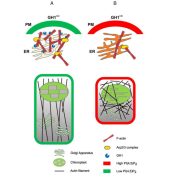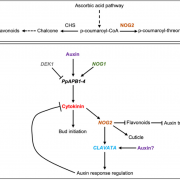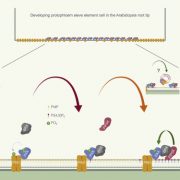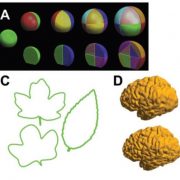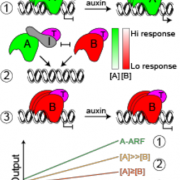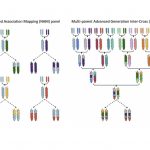REVIEW: Shared Structural Principles Across Kingdoms ($) (Annu. Rev. Cell Dev. Biol)
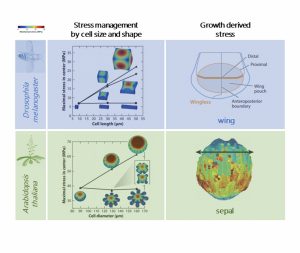
Understanding how a single fertilized cell develops into a complex multicellular system has always been a challenging but fascinating topic of developmental biology. In both animal and plant species, it all starts with a simple spherical cell; afterward, two axes of polarity generate flat shapes, and a third axis originates folded shapes. The combination of these basic structures with tissue deformations (and growth) accounts for the development of multiple functional organs in adult organisms. In this article, Hamant and Saunders reviewed recent findings on biochemical and biophysical mechanisms governing morphogenesis in model organisms and inferred general principles underpinning organ formation across kingdoms. The authors revised fundamental cellular processes – such as cell diffusion, cell adhesion, and cell polarity- directing tissue deformation, as well as biomechanical processes monitoring organ geometry. They emphasized that animal and plant systems share similar regulatory mechanisms to shape organs, although they differ in cellular structures and molecular components. A clear example comes from mechanical feedback mechanisms underlying the development of wing disc in Drosophila melanogaster and sepal in Arabidopsis thaliana. In these model systems, mechanical stress inhibits cell proliferation at the boundary with neighboring cells or tissues, ultimately determining the final size and shape of these organs. To conclude, the authors commented on many biological questions still unanswered and how new technological advances and multidisciplinary approaches can benefit research in this field. (Summary and image modification by Michela Osnato (@michela_osnato) Annu. Rev. Cell Dev. Biol 10.1146/annurev-cellbio-012820-103850


